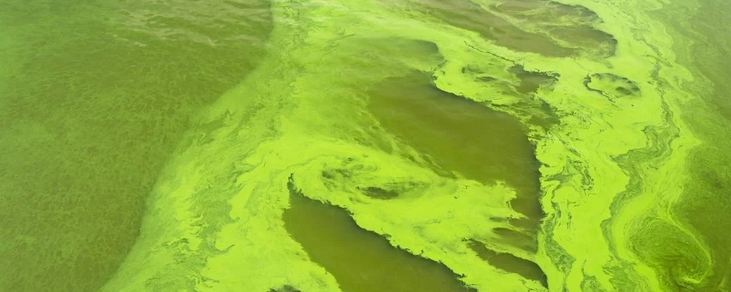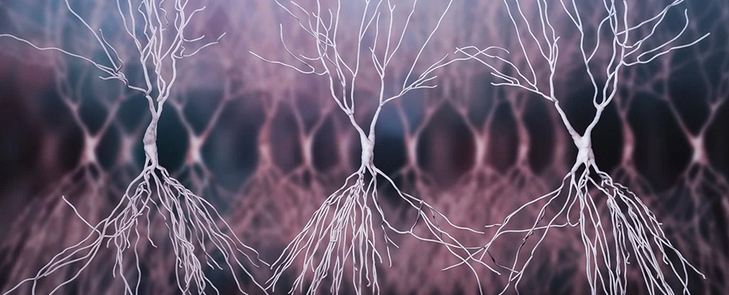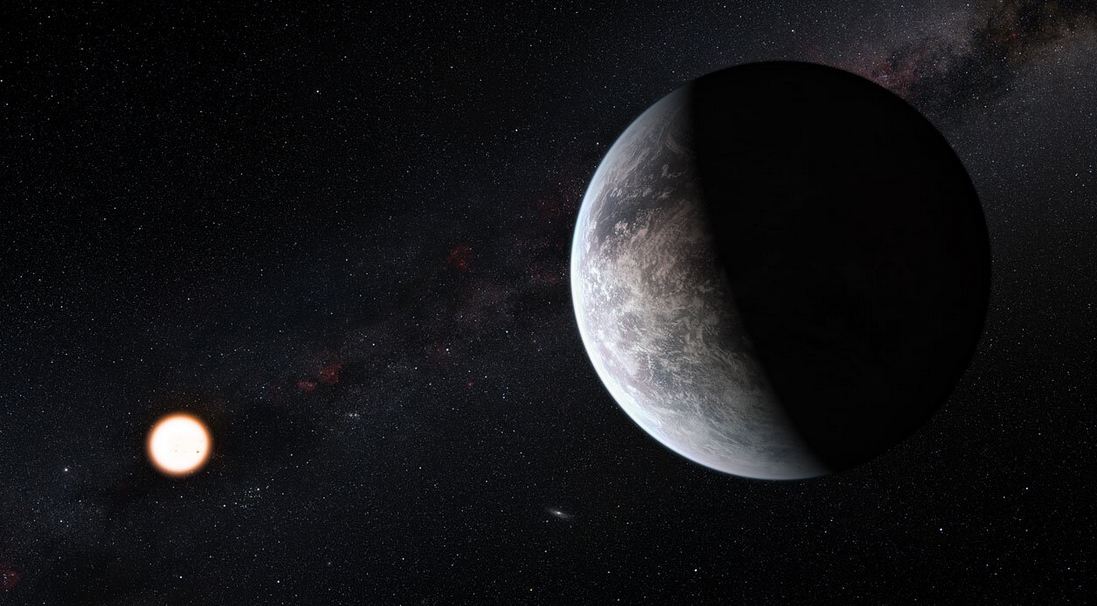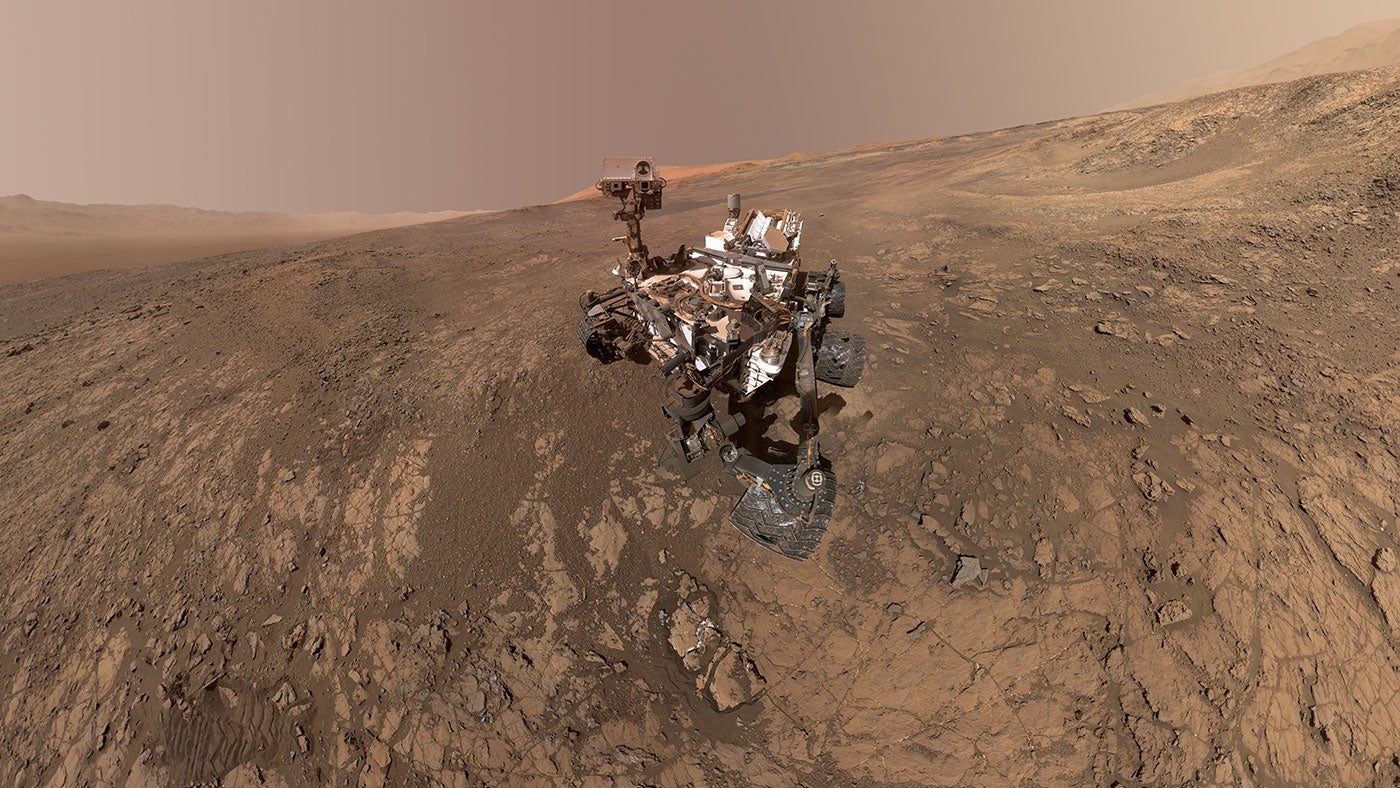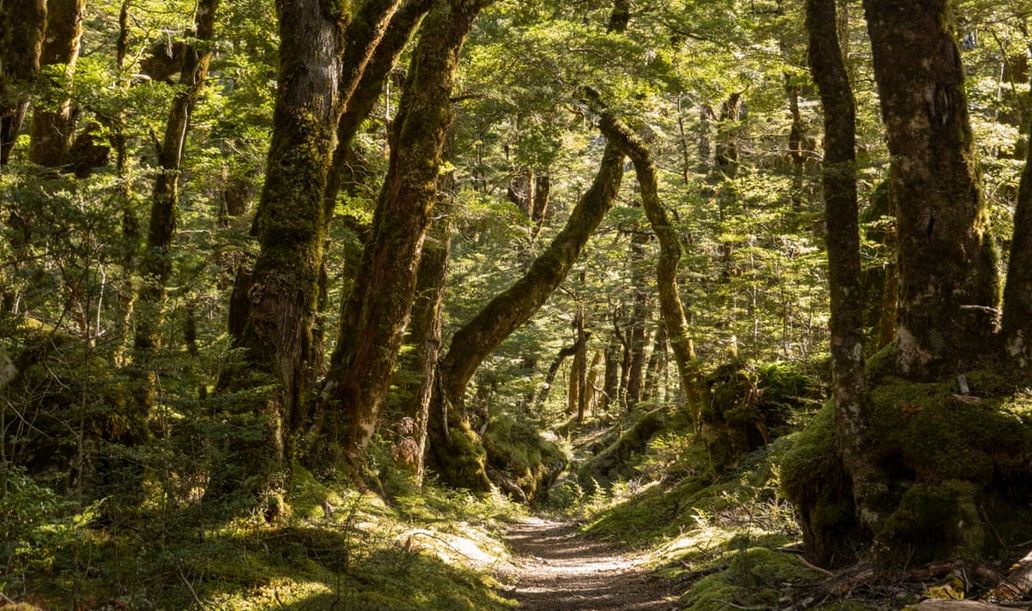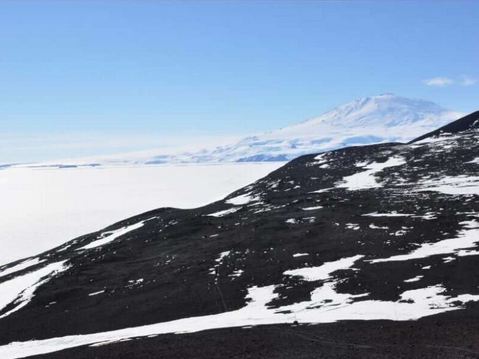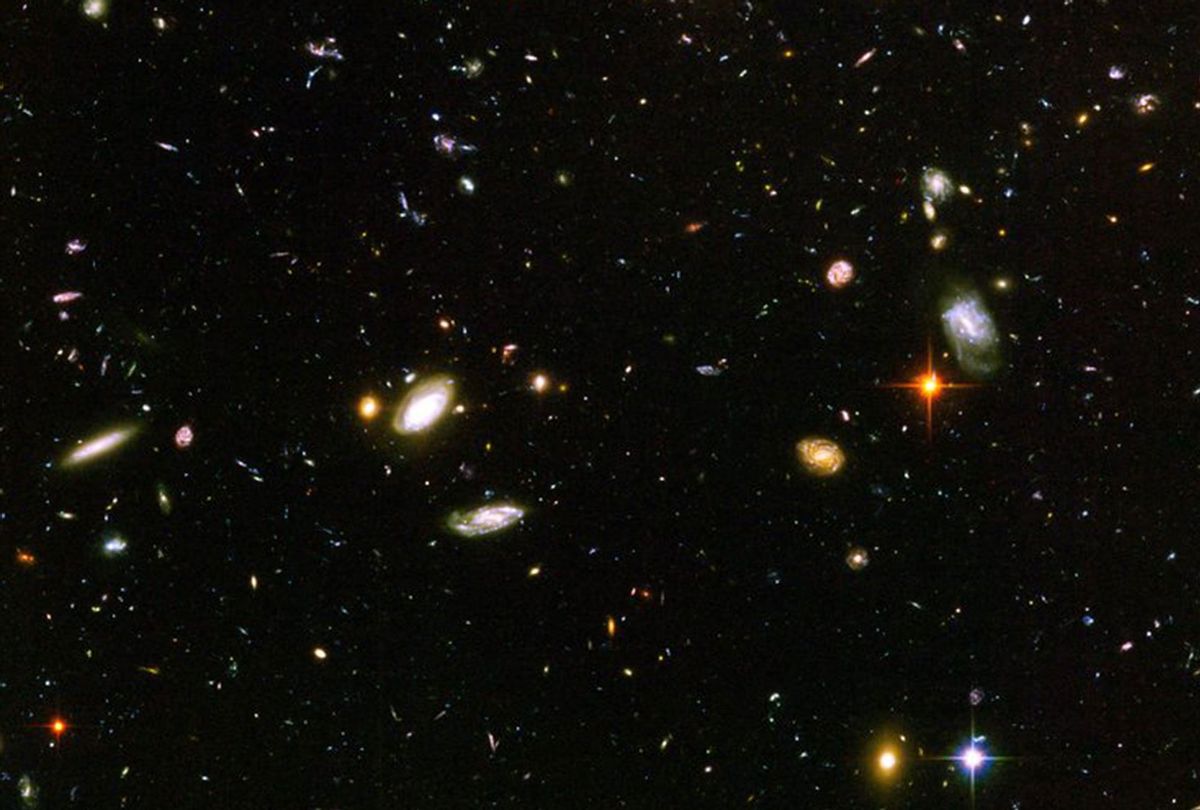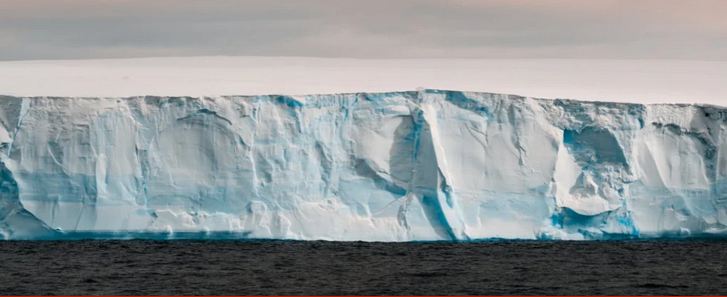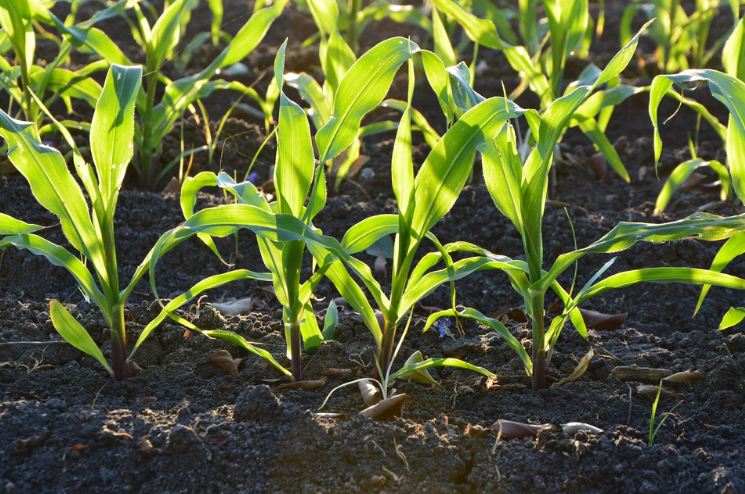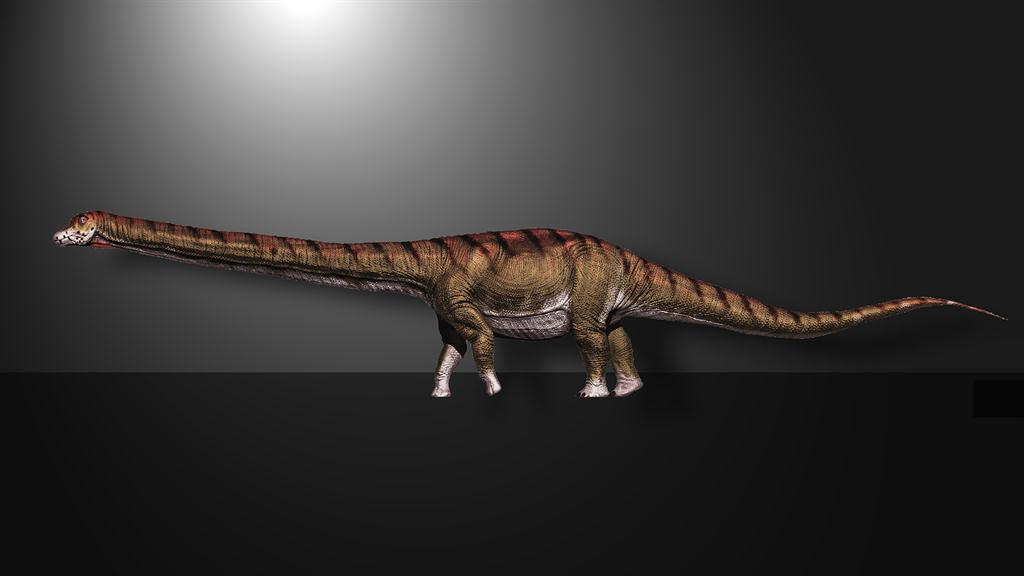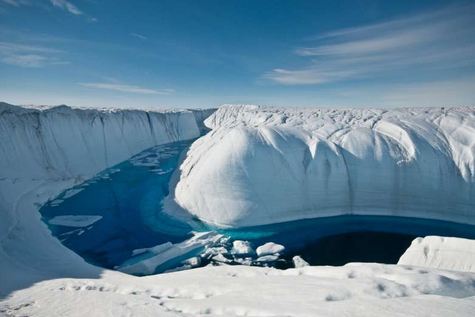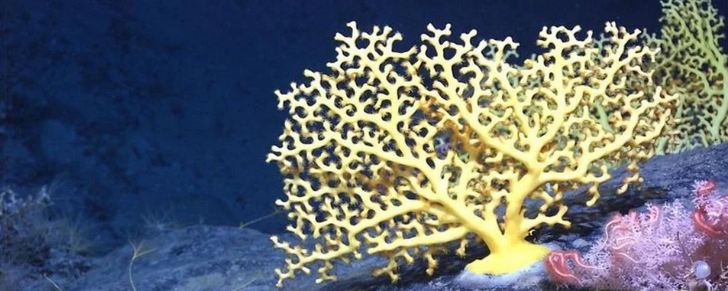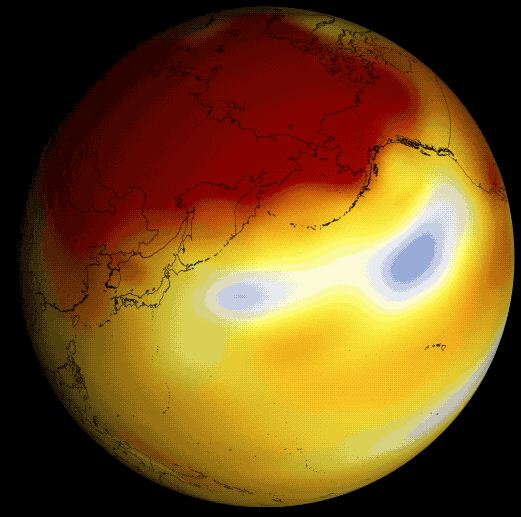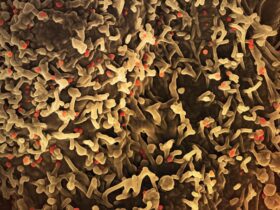Our big old planetary friend is not the best host right now. Mars is known as an inhospitable planet, but in the future, this might change. Recent research shows that an intriguing bacteria, dubbed cyanobacteria, which is actually blue-green algae, ...
A recent study shows how dangerous childhood trauma can be and how much it can affect the brain into adulthood. Specific alterations to crucial brain structures have been discovered for the first time. Researchers are now raising awareness about the ...
Our solar system is home to one of the most intriguing cosmic features. It offers shelter to even super-Earths and mini-Neptunes, which are up to four times the size of our planet! These super-Earths, however, are not that friendly, and ...
On February 18, NASA’s Perseverance rover will arrive on Mars, beginning a new era of exploring the red planet. It will land on the Jezero Crater, located north of the planet’s equator, and it will be a very challenging landing. ...
As new research emerges, we learn how significant trees are for our planet. Biologists from West Virginia University released a paper discussing how trees worldwide consume more and more carbon dioxide than previously believed. Forests are now more important in ...
An intriguing study unveils how hormones can change every season. A survey of millions of blood tests shows clearly how this “phenomenon” exists and influences people. Hormones from a gland called the pituitary are responsible for our metabolism, reproduction, stress, ...
As the molten metals in Earth’s outer core transits, our planet is shielded from possibly critical space weather by a vast magnetic field. But this magnetic field’s structure has varied a lot so far. Previous research shows that the field ...
We usually link food contamination to bacteria on unwashed vegetables or fruits, or uncooked meat. Unfortunately, there are more ways for dangerous contaminants to exist in food. A researcher examined food contamination originating from the soil where the plants grow. ...
Einsteinium, or how magical creatures lurk at the corners of the well-known map of elements. That would be a fair description of the mysterious element, but there’s no need to laugh at it. Some things are more than meets the ...
Nearly 163,000 light-years away from Earth lays an older, significantly smaller galaxy called Tucana II, named after the tropical bird-resembling constellation it is part of. Located at the edge of our galaxy’s gravitational pull, Tucana II gave researchers the chance ...
Nature-based solutions might sound like unknown territory for some, but it shouldn’t stay like this anymore. They play a vital role in helping to control nature and even the climate crisis. The best part is that nature-based solutions, also known ...
New research shows how a mineral that repeatedly shows up on Mars is here on Earth. How could this be possible? Apparently, the Antarctic Ice is not just ice. Very deep-buried, there’s more yet to be explored. Researchers found a ...
Have you ever look at trees on your street and think, “there’s a lot more to them than meets the eye?” Well, you probably should do that. A recent study based on 9,751 participants from Leipzig, Germany, aims to bring ...
Recent research indicates how much energy from renewables Europe has created. And the results are genuinely intriguing. First, let’s say that the new report reaches the EU’s electricity demands a lot. According to energy analysts, last year Europe has made ...
Soil health is as significant as water or air quality. There are approximately 50,000 species of micro-organism/gram of soil, and we shouldn’t ignore this. Any addition of certain microbes can shape the soil traits, such as boosting fertility, turning barren ...
The first dinosaur bone was dug up many centuries ago, in 1676. At that time, the humongous femur was thought to belong to a giant, not a Megalosaurus. We are more than three centuries apart from that discovery. Archaeologists are ...
Global ice is disappearing at an alarming rate, and it seems we can’t stop it. New research brings awareness about this phenomenon, unveiling some shocking facts. Our planet has suffered a loss of 28 trillion tonnes of ice in a ...
Microplastics represent a threat to oceans, and it has been proved how much danger can cause to aquatic organisms and humans. A new technique aims to fight that by eliminating one of the biggest contributors: the microfibers from our clothes. ...
Soon, climate change will bring a regionally rough shifting of the tropical belt, threatening food security for billions of people. New research discusses how the affected rain belt will move north in parts of the Eastern Hemisphere and south in ...
Traveling to the Red Planet might take us a while, but growing a green crop is almost impossible. Or not? Astronauts spending time on Mars will have to rely a lot on ISRU (in-situ resource utilization), including food because sending ...
Coral reefs are best known to reside in Australia’s famous Great Barrier Reef, but that’s not entirely true. Over 5,000 species (cold-water corals) in the deep and dark regions of the world’s oceans are ready to be discovered. Cold-water corals ...
According to the latest NOAA research, 2020 is now the second-hottest year on record, surpassing 2016. The temperature recordings include an average land and ocean surface temperature of 0.98 degrees Celsius (1.76 degrees F), while in the Northern Hemisphere, 1.28 ...
Back in 2019, the first bright trails of the Starlink satellites flourished across the night. Such an intriguing event, however, made scientists worry. They believed that the satellites would overshadow the stars. Now, Starlink is almost invisible to the naked ...
Microplastics are now all around us. They can be in the food we eat, animals, our children, and oceans. Scientists warn us: it’s not going to stop! The small plastic fragments can be found on the world’s highest peak or, ...
The carbon dioxide levels will be a serious issue in 2021. Britain’s Met Office reported that this year the levels are 50 % higher. Researchers predicted the annual coverage CO2 concentration estimated at the Mauna Loa Observatory in Hawaii this ...

